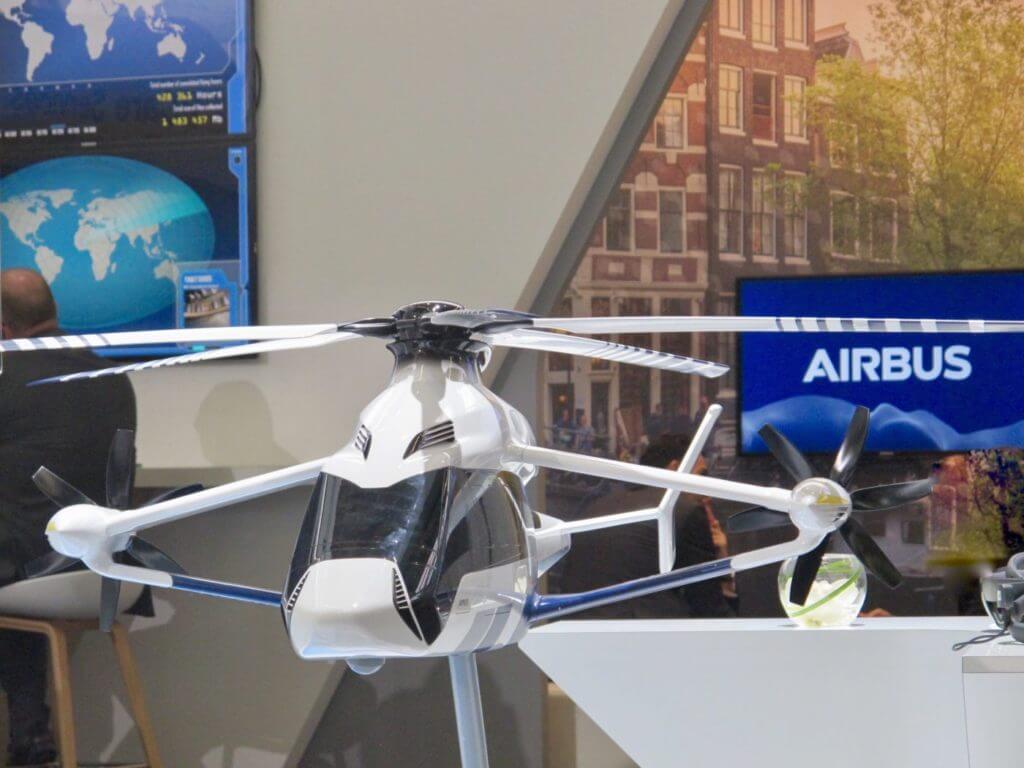At the Helitech International show in Amsterdam, Airbus Helicopters and partners on the Racer demonstration program have explained how they expect to meet performance targets and remain on time for a first flight of the compound helicopter in 2020.

The program is ambitious, with a a cruise speed of 220 knots and a cost targeted to be 25 percent lower, per nautical mile, than with a conventional helicopter. The target speed is seen as the optimal tradeoff between fuel consumption and productivity. “We hope to beat the speed record again,” added Tomasz Krysinski, head of research and innovation at Airbus Helicopters. He was referring to the speed record the previous demonstrator, the X3, set in 2013 at an unofficial 255 knots.
The preliminary design review was passed last July. “It allows [us] to freeze interfaces and 3D definitions of the main subsystems, prior to detailed design and manufacture of key components,” said Krysinski.
Final assembly is planned to begin in the fourth quarter of 2019. Asked how such a timing can be compatible with a first flight the year after, program manager David Alfano said that devising assembly procedures for a prototype is faster than with a production aircraft. “Lots of simplifications are doable, an approximate knowledge of where to drill holes for electrical harnesses is sufficient,” he said.
The 7-8 metric-ton aircraft will feature some advanced components. Each lateral drive shaft will be three meters long and will spin at 3,000 rpm. A prototype shaft has been manufactured to validate the manufacturing process (though it will not fly).
Each lateral gear box will feature a conformal heat exchanger. Avio Aero has developed an additive manufacturing method to give the exchanger a round shape, as opposed to rectangular. It will better use the space around the gear box. The bottom line is a reduced drag, explained Alessandro Bordoni, engineering, new product introduction sub-section manager.
Aernnova is developing an out-of-autoclave technique to create the empennage.
The flight-test program is envisaged at 200 flight hours. The second part will focus on demonstrating the aircraft is well suited to various missions such as emergency medical services, police and search-and-rescue. The plan is an indication of Airbus’s willingness to exhaustively explore the concept, beyond demonstrating the technology.
The Racer program is part of the EU’s Clean Sky 2 “joint technology initiative,” a public-private partnership to advance the environmental performance of aviation.










I like this design.
I still believe winching operations will be challenged with the side mounted props